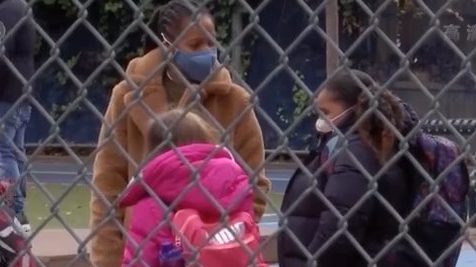According to the latest survey data released by the American non-profit organization Youth Achievement on the 7th local time, teenagers are generally pessimistic about the inequality in the United States, especially in the COVID-19 epidemic, and the weakness of ethnic minorities such as African descent in education, employment and other issues is more prominent.
According to the survey of Youth Achievement, a non-profit organization in the United States, 60% of young people in the United States believe that there are widespread unfair treatment in the United States workplace due to race, gender and other factors.
At the same time, 73% of adolescents believe that there is systematic racial discrimination in government departments such as the judicial system and law enforcement agencies in the United States.
According to the data released by the U.S.
Department of Labor on the 4th of this month, the unemployment rate of the white group in the United States was 5.9% in November this year, while the unemployment rate of the African-American group was as high as 10.3%.
Some education experts believe that the gap between the economic level and educational awareness between African-American families and white families has made American teenagers realize the impact of race issues on them early on.
The Washington Post commented on the 6th local time that compared with white families, African-American families need lower hardware penetration during the epidemic for distance education, which makes it more difficult for children from African-American families to participate in online classes.
A data released by McKinsey Consulting on the 8th local time also showed that the gap between minority students and white students has widened significantly after the epidemic and American schools have turned to online teaching.
In mathematics classes, for example, minority students are at least two to three months behind the learning progress of white students of the same age.
An elementary school in Illinois said that 30% of minority students failed this year, much higher than 16% last year, while the proportion of failure among white students has hardly changed.



